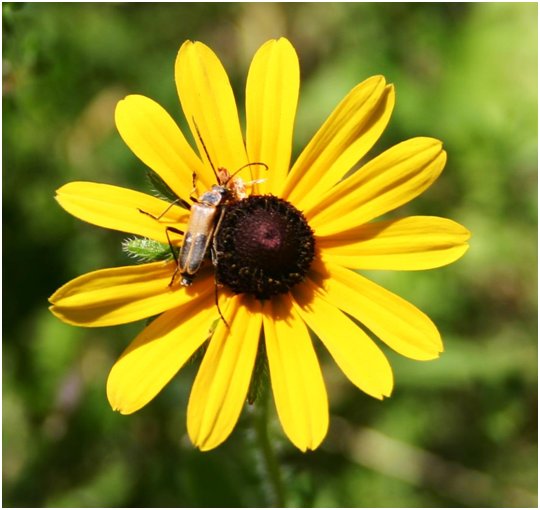Thesis, deconstruction and new synthesis: the changing face of applied pollination
DOI:
https://doi.org/10.26786/1920-7603(2015)23Abstract
A quarter millennium of the changing face of pollination biology from 18th Century discovery (thesis) to 21st Century crisis is presented in six overlapping, interdigitating facets. Pollination biology was not regarded as serious science at its onset, but acceptance of the Darwinian theory of evolution has shown its biological value. Disciplinary issues in pollination (i.e. deconstruction) have produced a wealth of knowledge but with botanical and zoological solitudes. At the same time botany and zoology tend to be separate within agronomy and apiculture. Philosophical, social, scientific, technical, political and business agendas have variously hampered, and continue to hamper, objective science in each facet. Nevertheless, interdisciplinary approaches to pollination ecology, its inherent co-evolutionary principles, and the current “pollination” crisis have become a scientific and social unifying force that cannot but lead to new knowledge, insights and, I hope, wisdom (new synthesis).

Downloads
Published
How to Cite
Issue
Section
License
Copyright (c) 2015 Peter G Kevan

This work is licensed under a Creative Commons Attribution 4.0 International License.











